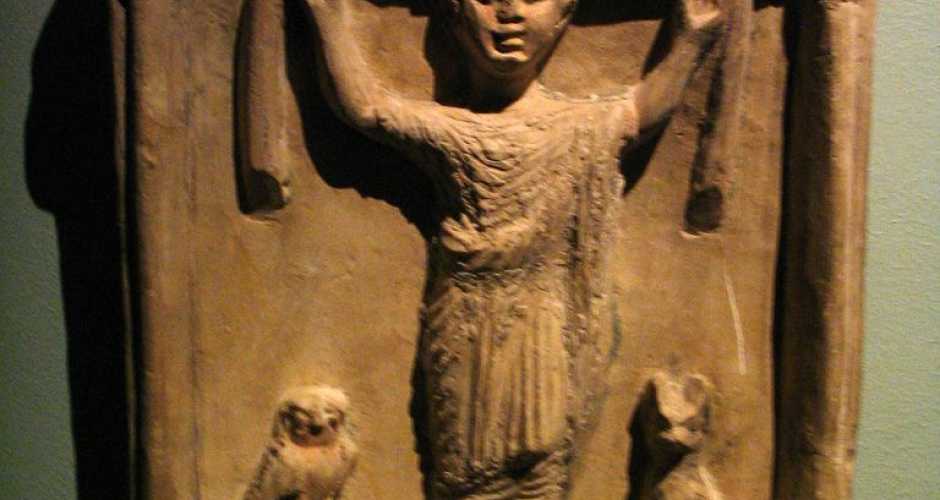- Home
-
Day tours
- Day tours
-
Marsa alam tours
-
Hurghada tours
-
El Quseir Tours
-
Makadi bay
-
Cairo Tours
- Cairo Tours
- Top Things in Cairo
- Siwa tours from Cairo
- Cairo Culture Tours
- Alexandria trips from Cairo
- Nile Cruises From Cairo
- Night Dinner Cruises in Cairo
- Sound and Light show Excursion
- Fayoum trips from Cairo
- Luxor Tours From Cairo
- white desert trips from Cairo
- Al Minya tours from Cairo
- Cairo Travel Packages
- Cairo Desert and Safari tours
- Aswan tours From Cairo
- Cairo Taxi Transfers
-
Luxor Tours
-
Portghalib tours
-
Sharm el Sheikh
-
El Gouna Tours
-
Aswan Tours
-
Sahl Hasheesh Tours
-
Soma Bay tours
- Safaga Tours
-
Airport Transfer
-
Tour Packages
- Tour Packages
-
Egypt Travel Packages
- Egypt Travel Packages
- Egypt Itinerary 4 Days
- Egypt Itinerary 5 Days
- Egypt Itinerary 6 Days
- Egypt itineraries 7 Days
- Egypt itineraries 8 Days
- Egypt Itinerary 9 Days
- Egypt Itineraries 10 Days
- Egypt Itinerary 11 Days
- Egypt Itineraries 12 Days
- Egypt Itineraries 13 Days
- Egypt Itineraries 14 Days
- Egypt Itineraries 15 Days
- Egypt Itineraries 16 Days
- Egypt Itineraries 17 Days
- Egypt Itineraries 18 Days
- Egypt Itineraries 19 Days
- Egypt Itineraries 20 Days
- Egypt Itineraries 21 Days
- Top Egypt Vacation Packages
- Egypt Cruises Packages
- Egypt Christmas Holidays
- Hurghada Holiday Packages
- Marsa Alam holidays packages
- Marsa Alam tour Packages
- Egypt Walking Holidays
-
Shore Excursions
- Egypt Nile Cruises
-
Egypt Attractions
- Egypt Attractions
-
Top Attractions In Luxor
-
Top attractions in Bahariya
-
Top Attractions In Fayoum
-
Top Attractions In Siwa
-
Top attractions in Sakkara
-
Top Attractions In Giza
-
Top Attractions In Aswan
-
Top Attractions In Alexandria
-
Top Attractions In Cairo
-
Attractions in Damietta
-
Top Attractions In Hurghada
-
Top Attractions in El Quseir
- Top attractions in Marsa Alam
- Top attractions in Al Minya
- Top attractions in El Gouna
- Top attractions in Sharm
- Contact us
-
Egypt Travel Guide
- Egypt Travel Guide
- Egypt tours Faq
- Egypt Itinerary 7 Days
- Best Tours in Marsa Alam
- Egypt Itinerary 8 Days
- Travel to siwa from Cairo
- Plan your trip to Egypt
- Is Egypt Safe to Visit
- Egypt Itinerary Planner
- The Best Winter Destinations
- Egypt Tour Packages guide
- The best Nile Cruises in Egypt
- Tips For visiting the Pyramid
- Foods You Need to Eat In Egypt
- The 10 Best Marsa Alam Tours
- Payment Policy
- White desert Tour packages
Alexandria National Museum
The Alexandrian National Museum is a great introduction to the intricate history of its namesake and Egypt in general. Currently, the museum houses close to a whopping 2,000 artifacts that narrate the story of Alexandria and Egypt. These artifacts mainly focus on three collections: ancient Egyptian, Coptic, and the Muslim world, showing the progression of Egyptian political and cultural mood. A piece not to be missed, the museum recently exhibited a sculpture which is believed to be of Alexander the Great.

This excellent museum sets a high benchmark with its summary of Alexandria’s past. Housed in a beautifully restored Italianate villa, the small but thoughtfully selected and well-labelled collection does a sterling job of relating the city’s history from antiquity until the modern period. Look out especially for the beautiful tanagra – terracotta statues of Greek women – and the discoveries found underwater in the Mediterranean.

The museum's ground floor is dedicated to Graeco-Roman times, and highlights include a sphinx and other sculptures found during underwater excavations at Aboukir. Look for the small statue of the Greek god Harpocrates with a finger to his lips (representing silence); he was morphed from the original Egyptian god Horus and is also connected to Eros. Also check out the beautiful statue of a Ptolemaic queen, with Egyptian looks and a Hellenistic body.

The basement covers the Pharaonic period with finds from all over Egypt. Note the false doors, which were the link between the living and the dead, and the reserve heads that were placed near the corpse as a substitute for the head in the afterlife.The top floor displays artefacts from the Byzantine, Islamic and modern periods, including coins, Ottoman weapons and jewels. Don’t miss the exquisite silver shield. Early coexistence of Alexandria’s major religions is represented by a carved wooden cross encircled by a crescent.
